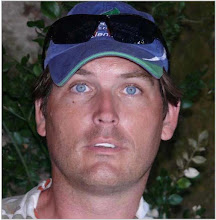The Spanish centre for environmental and technological energy research (CIEMAT) started their Environmental Research Plan in March consisting of checking radiation levels after the accident involving nuclear weapons which happened over forty years ago in Palomares. The first stage of the plan is the drawing up of a map of superficial radiation, measuring radiation levels on the surface and then in the areas showing the highest levels taking samples of topsoil, up to a depth of 15 cm, for later analysis in the laboratory. This first stage is on the point of completion.
The second stage will be defined by the results of the first, with surveys and significant samples being taken at different depths. The complexity of the work to be carried out means that the final results will not be available until the end of the year. To draw up the map the CIEMAT will use the most up to date scientific tools available and are working in cooperation with the United States Department of Energy.
The CIEMAT has carried out constant supervision of residents and the environment in the area since the acident occurred and highlight the fact that the results obtained are situated within normal ranges and there exists no significant risk from radiation.
The accident happened January 16 1966 when a B-52 carrying four 70 kiloton nuclear bombs collided with the plane it was refuelling from. Only four of the total of eleven crew members of the two planes survived and two of the bombs hit the ground near Palomares, causing their conventional charges to explode, spreading their radioactive cargo over an area of 220 hectares. One other bomb was found intact in a dry river bed and the other fell into the sea.


No comments:
Post a Comment